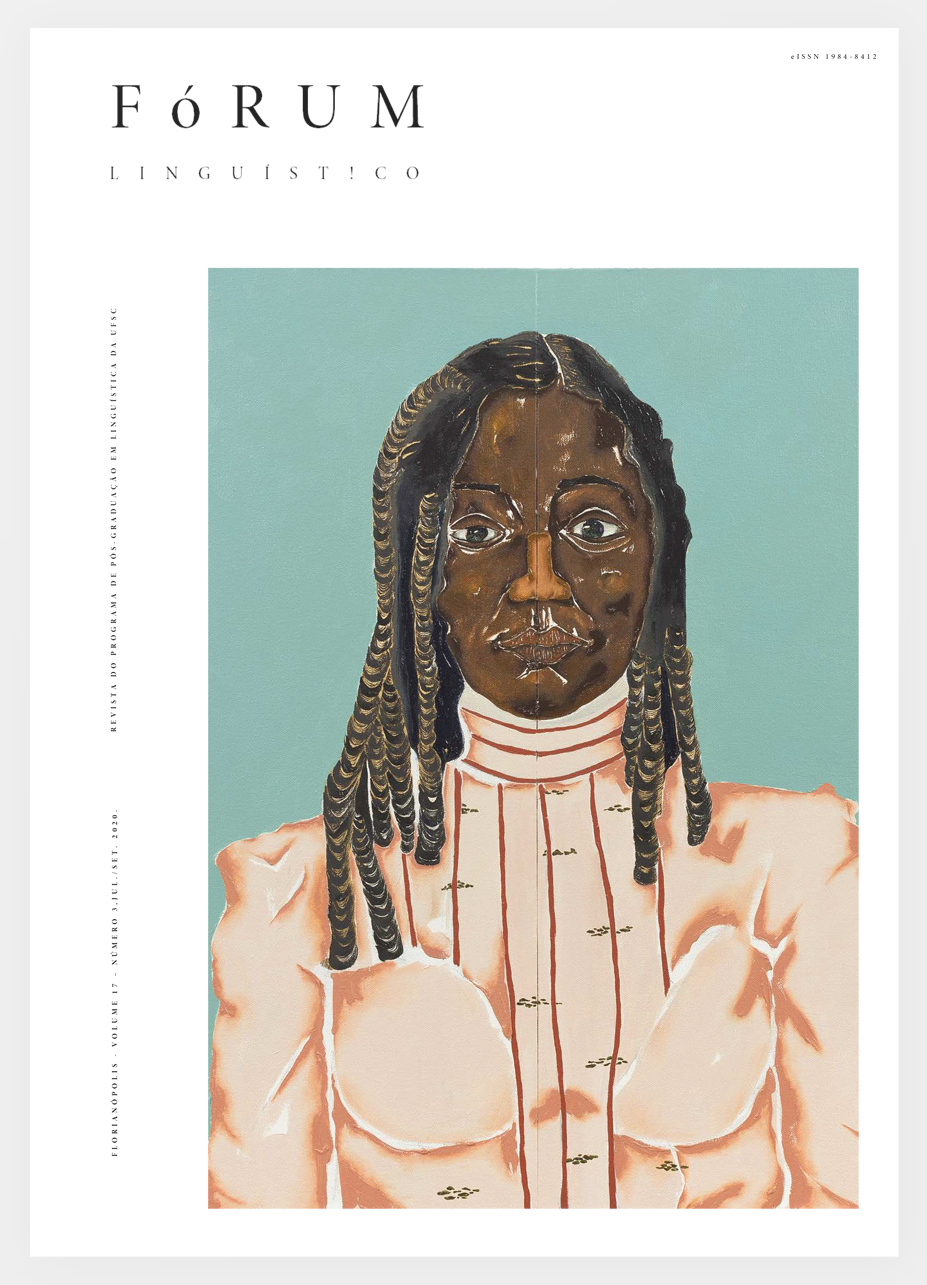Text and image: intersemiotic complementarity in learner's dictionaries
DOI:
https://doi.org/10.5007/1984-8412.2020.70887Abstract
The text of school dictionaries uses illustrations to complement the definitions. Our objective with this paper is to investigate and describe the types of intersemiotic semantic relationships existing between text and image in the illustrated entries of type 2 school dictionaries. We adopted the model proposed by Royce (1998) for the study of intersemiotic relations between text and image. We designed a qualitative and quantitative research in which we verified the occurrence or not of intersemiotic complementarity between the text of the entry and the illustration through the following semantic relations: repetition, synonym, meronymy, hyponymia, antonymia and collocation. The results of this study show that intersemiotic complementarity occurs in almost 90% of the illustrated entries, highlighting the semantic relationship of synonymy.The text of school dictionaries uses illustrations to complement the definitions. Our objective with this paper is to investigate and describe the types of intersemiotic semantic relationships existing between text and image in the illustrated entries of type 2 school dictionaries. We adopted the model proposed by Royce (1998) for the study of intersemiotic relations between text and image. We designed a qualitative and quantitative research in which we verified the occurrence or not of intersemiotic complementarity between the text of the entry and the illustration through the following semantic relations: repetition, synonym, meronymy, hyponymia, antonymia and collocation. The results of this study show that intersemiotic complementarity occurs in almost 90% of the illustrated entries, highlighting the semantic relationship of synonymy.
References
AULETE. Dicionário escolar de língua portuguesa ilustrado com a turma do sitio do pica-pau amarelo. 2.ed. São Paulo: Globo, 2009.
BARTHES, R. Elements of semiology. New York, NY: Hill and Wang, 1968.
BIDERMAN, M. T. C. Dicionário ilustrado de português. 2. ed. São Paulo: Ática, 2009.
BRAGA, R. de C. E.; MAGALHÃES, M. A. F. Fala Brasil! Dicionário ilustrado de língua portuguesa. Belo Horizonte, Dimensão, 2011.
BRASIL. Edital do Programa nacional do livro didático – PNLD – Dicionários 2012. SED/MEC. Brasilia, 2011.
KLOSA, A. Illustrations in dictionaries; encyclopaedic and cultural information in dictionaries. In: DURKIN, P. The Oxford Handbook of Lexicography. New York: Orxfor University Press, 2016. p. 590-604.
KRESS, G.; VAN LEEUWEN, T. Reading images: the grammar of visual design. London, New York: Routledge, 1996.
KRESS, G.; VAN LEEUWEN, T. Reading imagens: the grammar of visual design. 2. ed. London and New York: Routledge, 2006.
MARTINEC, R.; SALWAY, A. A system for image-text relations in new (and old) media. SAGE Publications, London, v.4, n.3, p.337-371, 2005.
ROYCE, T. D. Synergy on the page: exploring intersemiotic complementarity in page based multimodal text. JASFAL - Occasional Papers, v. 1, n. 1, p. 25-49, 1998.
SARAIVA JÚNIOR. Dicionário de língua portuguesa ilustrado. 3.ed. São Paulo: Saraiva, 2009.
SVENSÉN, B. A Handbook of Lexicography: the theory and practice of dictionary-making. Cambridge: Cambridge University Press, 2009.
Downloads
Published
Issue
Section
License
Copyright (c) 2020 Fórum Linguístico

This work is licensed under a Creative Commons Attribution-NonCommercial-NoDerivatives 4.0 International License.
Rights including those in copyright in the content of the published works are owned by Revista Forum Linguistico. Complete or parcial reprint should be authorized by the Editorial Board of the Journal. In case of authorization, the source of the original publication must be stated.


